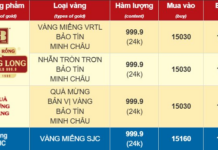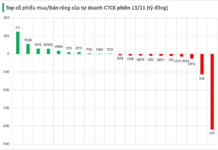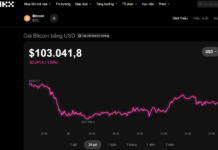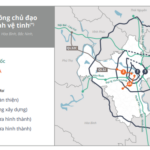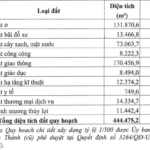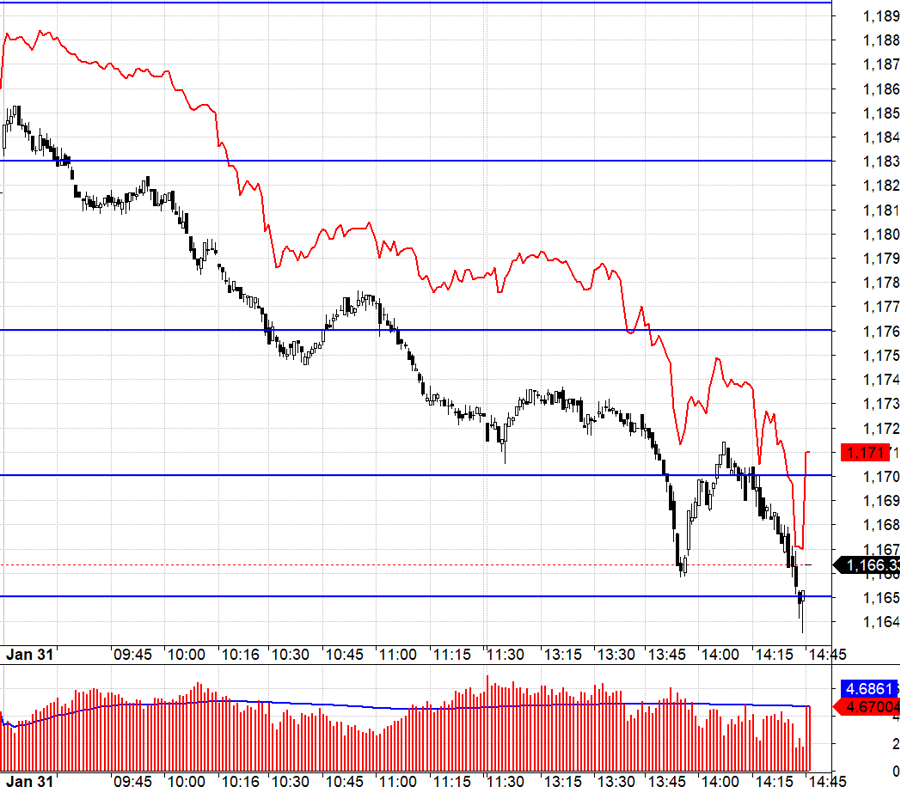The stock market concluded a volatile week marked by multiple adjustments. The VN-Index initially faced significant downward pressure but swiftly rebounded, closing the week at 1,660.70 points, a decline of 5.39 points (-0.32%). Liquidity waned, with the average trading value on HoSE reaching only 28.23 trillion VND per session, a 16% drop compared to the previous week.
Investor sentiment remained sharply divided. Selling pressure concentrated on banking and securities stocks following their recent surge, while mid- and small-cap stocks attracted more vibrant capital inflows. Sector-wise, 14 out of 21 groups ended in the red.
Real estate (+2.86%), led by VIC, along with construction (+2.39%) and insurance (+1.06%), were the rare sectors maintaining positive momentum. Conversely, technology and telecommunications (-3.69%), plastics (-2.59%), and steel (-2.36%) faced the most significant corrections. Foreign investors continued their strong net selling, totaling 7.355 trillion VND for the week. VHM (-959 billion VND) and SSI (-782 billion VND) were the most heavily offloaded stocks.

The stock market concluded a volatile week marked by multiple adjustments.
Experts from Vietcombank Securities (VCBS) noted that the corrective pressure primarily stemmed from large-cap stocks in the banking and securities sectors, which had previously experienced substantial gains. This shift is gradually moving towards sectors that have not yet seen significant growth.
Investors are advised to closely monitor market dynamics and selectively invest in stocks maintaining strong support levels, with a focus on real estate and public investment sectors in the coming period.
Meanwhile, analysts from Construction Securities (CSI) observed that capital flow last week shifted towards mid- and small-cap stocks, particularly in real estate, infrastructure, and construction materials. The prevailing trend remains sideways with low liquidity, making a breakout next week unlikely unless capital flow improves.
According to CSI, the market is likely to continue its sideways movement, while capital rotates among mid-cap stocks that have performed well. The recommended strategy is to maintain a higher equity-to-cash ratio and leverage general market corrections to increase positions in existing profitable stocks.
Mr. Le Duc Khanh, Director of VPS Securities Analysis, believes that the current fluctuations are part of the natural cycle of a broader uptrend. Vietnam’s stock market still has significant growth potential through 2025 and into 2026.
Mr. Khanh emphasized that from late September through the fourth quarter, selective investing will become increasingly crucial. After a period of rapid growth, many stocks reaching high valuations will enter a consolidation phase, while capital will likely flow into undervalued sectors with positive profit potential. These areas, less prominent in the first half of the year, are expected to stand out from late 2025 into 2026.
VPS experts suggest that market differentiation will create opportunities for long-term investors who can carefully select stocks. However, Mr. Khanh cautioned against the “buy fast, sell fast” mentality and excessive leverage, which often lead individual investors to panic during market corrections.
“Pursuing quick profits inherently increases risk. Many investors overuse margin, leading to fear when the market experiences volatility,” Mr. Khanh warned.
Emerging Real Estate Hotspots: Hà Nam, Hưng Yên, Vĩnh Phúc Attract Major Players Like Sun Group, Phú Mỹ Hưng, Bim Group in a Wave of Investment
Amidst Hanoi’s constrained land availability and escalating property prices, neighboring provinces such as Hà Nam, Hưng Yên, and Vĩnh Phúc have emerged as vibrant real estate markets. These satellite regions are witnessing a surge in housing supply, robust buyer demand, and competitive pricing, positioning them as attractive alternatives for both investors and homebuyers.
Establishing Real Estate Trading Centers to Drive Down Housing Prices
The Ministry of Construction is set to propose a pilot resolution to the Government for the establishment of a state-managed real estate trading center. This initiative aims to introduce legal oversight over the supply and transaction prices of real estate, encompassing both primary and secondary markets.










